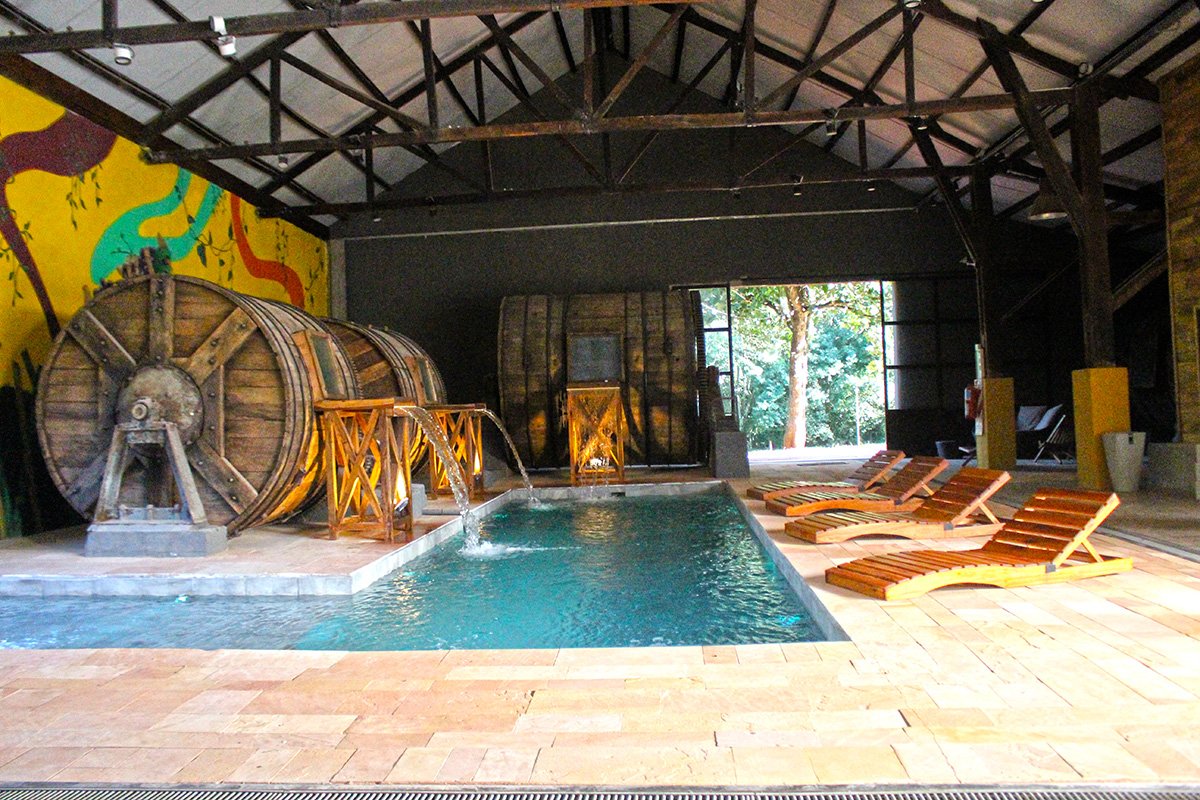
Momora, Glamping, Rainforest, and a Historical Rescue in Santa Ana
When Cruz de Santa Ana Theme Park was inaugurated in 2011, the goal was to attract tourism where there was none. The spiritual monument became a magnet that started changing Santa Ana’s reality, which until then was a small village off National Route 12 where most people rushed past between Posadas and Puerto Iguazú. Nobody would stay there for long, just enough to stop and grab a bite of chipa, a trademark snack from the city’s entrepreneurs. Just over a decade later, the reality of the area has changed. Only a few minutes away from the provincial capital, dozens of hotels and lodges now welcome visitors looking for tranquility and relaxation. The “Cross” is no longer alone.
The Paraná River coastline was taken advantage of by a network of beaches that brought life to the area. For nature lovers, the Campo San Juan Federal Park, a five-thousand-hectare reserve, is to be open soon. The area is perfect to invest in. The place is ideal for tourism too. And now it will boast a new tourist attraction with a million-dollar investment that will change the whole concept of the southern zone: Momora Distrito Selva, a hotel which is having its grand opening next weekend, first as a restaurant and then providing accommodation surrounded by the rainforest. Located a few kilometres away from National Route 12, the hotel is close to the Paraná River and at only two kilometres from the historic town of Santa Ana. It is an area of 60 hectares covered by rainforest on the bank of the Paraná River.

Guillermo Liruzi and Anabel Serdiuk are in charge of Momora Distrito Selva, a tourist destination that seeks to provide visitors a five-star experience, where they can connect with nature and themselves.
“Momora” (or Momorá, as pronounced in Guaraní) stands for “admiration” and/or “respect.” This was Guillermo and Anabel’s motto when they decided on venturing into the start-up long before knowing that such a word even existed, as they explained Economis during an exclusive visit.
With a life story marked by a number of circumstances and coincidences that led them to Misiones, both feel that they were meant to lead such an ambitious project, difficult to categorize within the conventional types of the tourism industry.


To understand the idea these entrepreneurs seek to convey, we have to go back in time to the year 2013. Back then, Guillermo was still working as an economic consultant for a multinational in Brazil. Both Guillermo and Anabel, who is from Oberá, decided to invest in a tourism start-up even though they didn’t really know what the location would be at the time. After ruling out provinces such as San Luis and Mendoza, they decided on some plots of land on the banks of Santa Ana stream, covering about ten hectares with 500 meters of coastline.
After making the decision, convinced that it was what they were looking for, the land seller mentioned that the owner of some neighboring plots of land wanted them to take a look at their property. “We were already satisfied with the ten hectares, but we agreed to check out the other offer out of respect for the man who was driving all the way from Posadas to meet us,” recalled Guillermo, and it was one of the many right decisions they made.
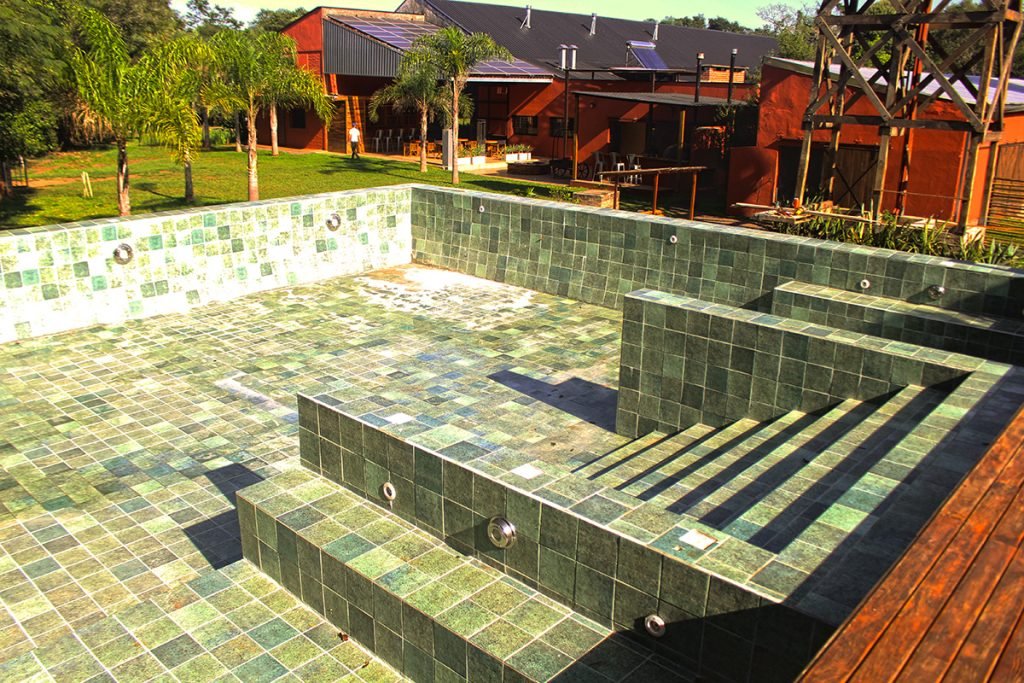
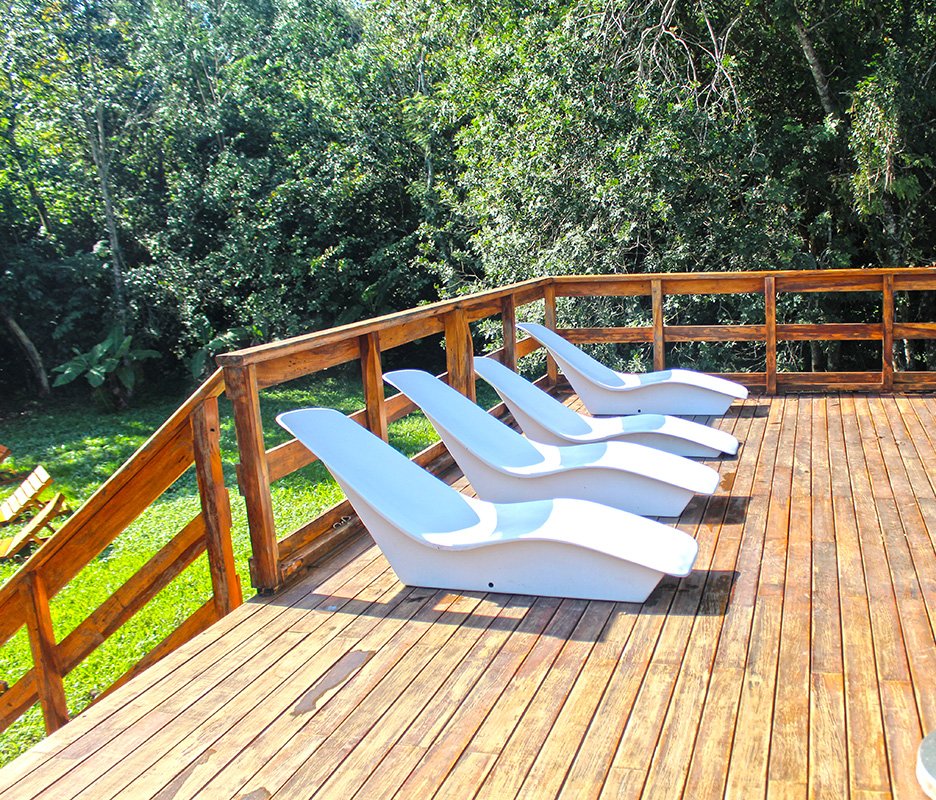
Within the land offered there was an abandoned old tannery that had operated during the late 70s and early 80s. Upon visiting the old building surrounded by rainforest and wilderness, they decided to purchase that property too and rethink their original plans.
According to Guillermo, the following months and years were all about planning, thinking, and analyzing what was most convenient. Of course, during this process, they had their ups and downs on their way to creating the mini tourist paradise they can offer today. “We couldn’t decide whether to proceed with the initial plan of cabins on the coast, or to use the structure of the old factory to our advantage and have it remodeled into something new. We spent months, almost a year, just debating where to get started.” Spoiler alert: the housing project on the coastline is still in the planning folder.
After years of investment, planning, and replanning, Momora’s restaurant will be open to the public on Saturday, July 30th. Based on the slow food concept, guests will be offered a three-course menu, which includes an appetizer, a main dish, a dessert, and pairings from a wide variety of wines. In addition to the cuisine, Guillermo and Anabel offer an experience consistent with the concept they have developed.
The main area of the old tannery is currently the main hall where there are two sections of tables and chairs, a large bar, a reception area, a cellar with 1,500 bottles, and one of the two heated swimming pools, to be open in the upcoming months. The grand hall boasts a minimalist yet elegant decor, since the old machinery from the place has been upcycled into functional furniture and decorative artifacts. Along the hall lies a majestic mural which celebrates this genuine feeling of respect and admiration for nature through fine brush strokes depicting the rainforest, the waterfalls as well as Misiones’s wildlife.

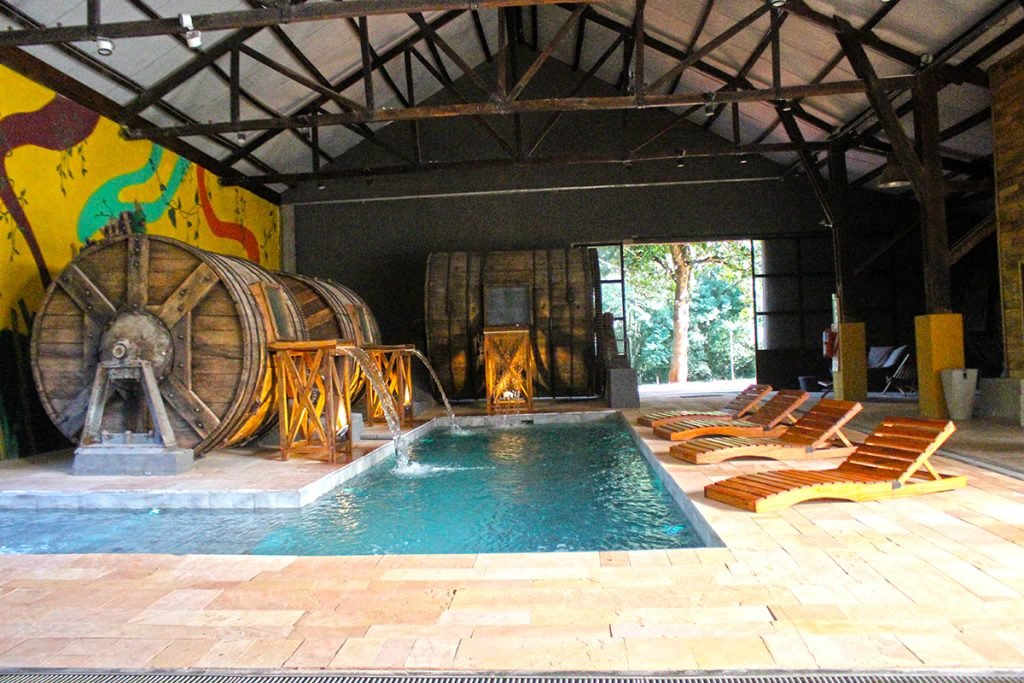
The first thing you hear when entering the premises is the numerous artificial cascades harmonizing the ambiance and anticipating the energy emanating from the place. Surrounded by lush native vegetation, each element has been carefully selected to maintain the natural and sustainable imprint of the site. This concept has been reinforced by the power supply system, featuring a transfer switch to select the energy source from grid to solar, powered by two sets of panels installed in the property.
The premise of relaxation is confirmed in every corner of the property, as there are loungers arranged around both indoor and outdoor swimming pools. Some lounge chairs can also be found in different areas, such as near the fire pit made from an old iron trough from the factory that has been refurbished and repurposed for this new function.
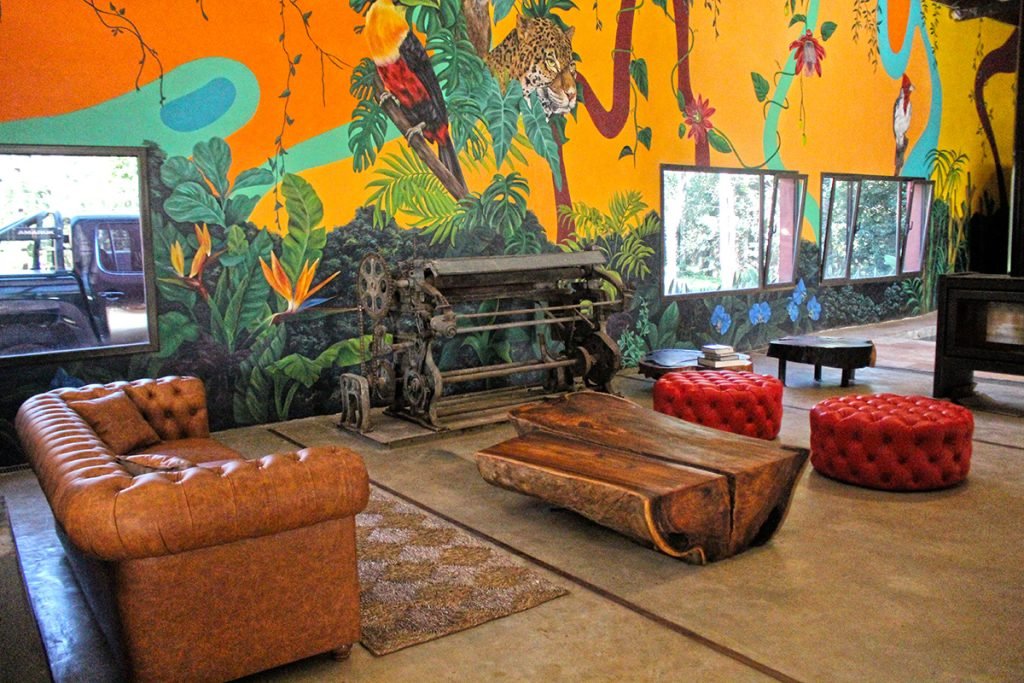

As regards gastronomy and drinks, Lucas Gómez from the province of La Pampa, an old friend of Anabel’s, works as a consultant there. He had no qualms about leaving his previous job to be part of this venture, even though the kitchen was still a year away from being operational. This area has an open concept for diners to see the whole cooking process and, when the time comes, they can interact with the chefs as well.
Parallel to the lunch service offered with reservation and limited capacity, the construction of Momora is in progress. Their goal is to gradually expand the services offered on-site while advancing with the construction of the accommodation. “We will see how this first gastronomic test works, but we intend to increase the diner capacity, offer dinner service, and, when the swimming pools are operational, we will offer the full-day experience,” explained Guillermo.
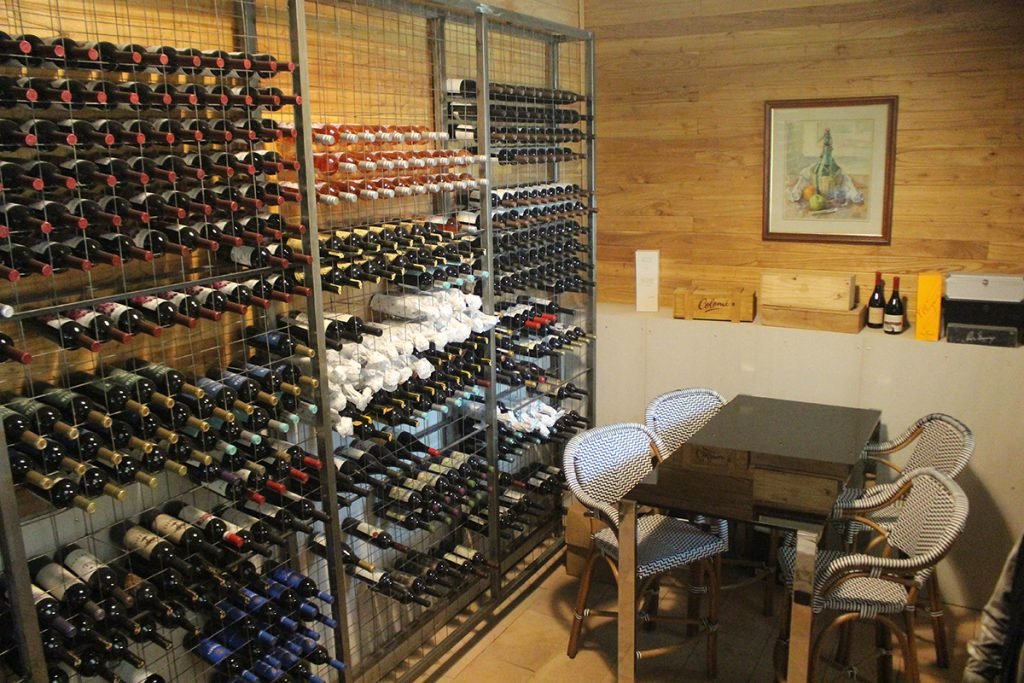
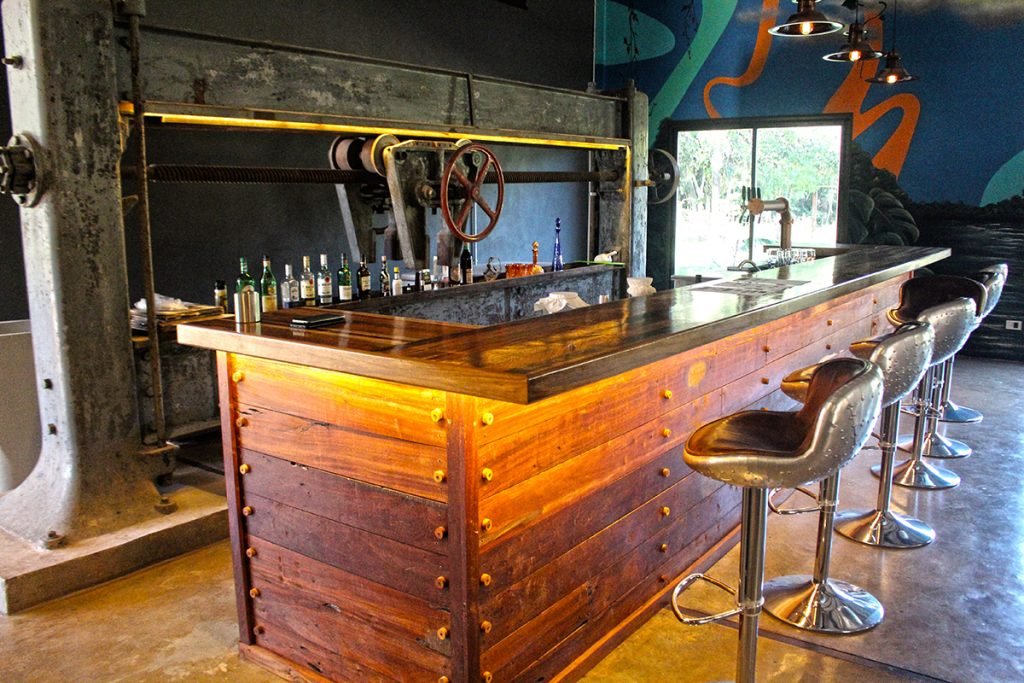

Momora is an experience to be lived, a place where the positive energy emitted is aligned with the kindness of its owners and staff, who do not feel like employees but rather as members of a big family. “Apart from the good customer service we wish to provide, what we want is for people to actually note the kindness with which they are treated here,” Guillermo stated. In terms of job creation, in this early stage, there are 5 workers in charge of service and kitchen tasks, and around 20 contractors in charge of the construction project. Guillermo explains that the goal is to double the staff once the construction project has been completed.
“I have worked as an economic consultant for large companies for several years. I have lived in Córdoba, the United States and Brazil, and with Momora, I did something that I have never advised any client to do, which is to fall in love with the project,” he explained. In reference to Anabel and himself, Guillermo also pointed out that “this is our first child, that’s how we feel about it, and next weekend we will see it smile in society for the first time.”
Dome Housing
The original plan was to build lodgings, an idea that evolved over the years but was never lost. For this reason, the project for dome-shaped rooms is currently in progress. Once completed, these rooms will be the first accommodation available in Momora and are expected to be operational by the end of the year. The glamping site will provide lodging for 8 to 12 guests with all the comfort and services offered, ranging from gastronomy to high-speed internet access to an outdoor jacuzzi for each cabin.
This proposal will feature state-of-the-art technology designed to mitigate the environmental impact, so that the nature experience does not compromise the environmental preservation thanks to the materials used. The accommodation fee has not been determined yet, so those interested will have to wait until about December to learn about the fee and reservation system.
Industrial past, modern present, sustainable future. Momora is the new tourist gem in Santa Ana.
Traductor: Agustina Cusolito
Revisor: Luciana Sisterna
Tecnicatura Universitaria en Traducción e Interpretación en Inglés
UCAMI – Universidad Católica de las Misiones




